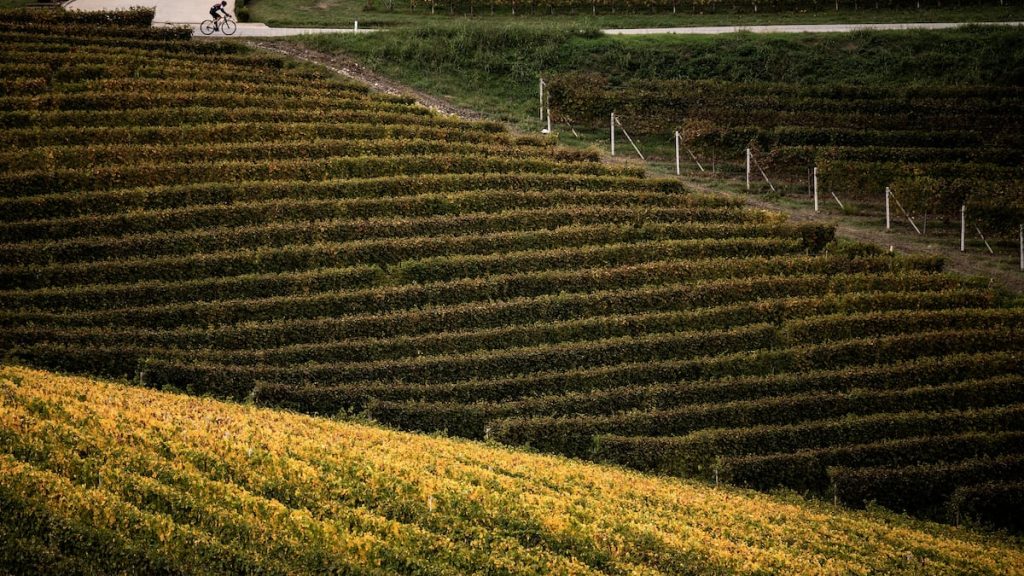
COVID-19 has not yet been released, and global agrifood systems need to be prepared without delay to deal with new “shocks” in the future, be they famines, floods or various diseases, the FAO warned Tuesday.
Also read: Vaccination: Opening appointments for children 5 to 11 years of age
Also read: Live | Recent developments on coronavirus
Also read: The WHO fears an additional 700,000 deaths in Europe
Currently, “there are already three billion people who do not eat a healthy diet to protect themselves from malnutrition,” the United Nations Food and Agriculture Organization recalled in a report.
“If their incomes are cut by a third due to a sudden shock, more than a billion people are at risk of not eating a healthy diet,” FAO economists calculated.
The resource reduction of this order “can happen very easily”, for example if you lose a job at home, said Andrea Catanio, a senior economist and publication coordinator interviewed by AFP.
“Of these billion people, almost all are in middle-income countries, which amazes us,” he continues. Instead, in low-income countries, most people would not even be able to buy enough energy if their income fell by a third.
The 2021 edition of this report on “Food and Agriculture Status” also emphasizes the importance of communication channels. The Rome-based company estimates that “the cost of food for 845 million people will increase if critical transport routes are disrupted by a single shock.”
The COVID-19 pandemic “highlights the vulnerabilities of global agrifood systems,” FAO Director-General Q Dongyu said in the preface.
These systems, which include food production, food supply chains, transportation networks and utilization, generate 11 billion tons of food per year and directly and indirectly employ 4 billion people, the company said.
In an earlier report in July, the FAO estimated that 720 to 811 million people would go hungry in 2020, up from 161 million in 2019, a “bigger pandemic increase”.
“There is no doubt that this pandemic will have implications for food security and nutrition for many years to come,” said Q Dongyu.
To inform countries about the vulnerability of their food systems to shocks and chronic “stress” conditions, the FAO has developed several “stable” indicators. Because in an uncertain environment, “the ability to bounce back to withstand shocks and stressful situations is essential,” she said.
These tools analyze countries’ domestic production, the scope of their trade, the transportation systems available to them, and the availability of healthy food for their populations.
Countries are invited to “look for their weak points” and try to correct them, explained Andrea Catanio.
For FAO, “diversity is the key to resilience”. Production of different products, resorting to different supply sources, different trade partners …
“One of the things the report says – and it’s a bit controversial – is that imports are good for resilience,” said Andrea Catanio.
“You should not have a single source that you import because it is dangerous. But if you import from multiple sources, it will give you more options in crisis, especially when buying food. “Shock can occur, especially in your country, for example,” he said.





More Stories
Allegations of corruption Qatar warns of ‘negative impact’ of European measures
USA: Famous “Hollywood cat” euthanized in Los Angeles
The campaigner who called for the shooting of Ukrainian children has not been charged